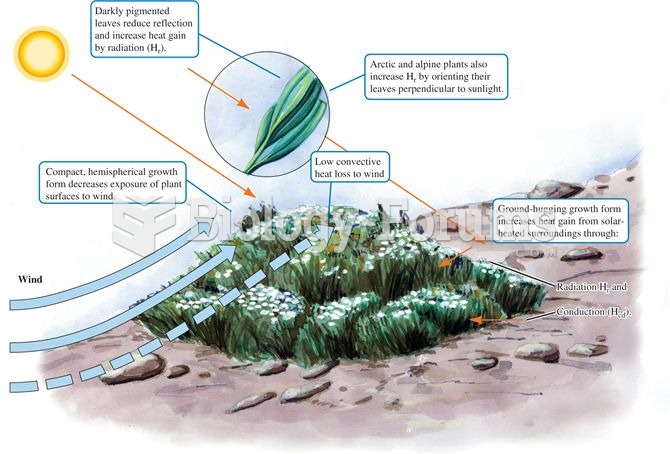Answer to Question 1
a. If the nuclear plant was online for 95 of 8760 hours, it was available 8322
hours. The oil-burning plant was available 85 of the time, 7446 hours. The gas turbine
was online 1314 hours. Reading from the graph, the nuclear plant cost about 45/kW, the
oil-burning plant about 55/kW, and the gas turbine, about 37/kW.
The nuclear plant cost 1000 MW x 45/kW = 45.0 million to generate 8,322,000 MWh
of electricity; the oil-fired plant cost 940 MW x 55/kW = 51.7 million to generate
6,999,240 MWh, and the gas turbine cost 200 MW x 37/kW = 7.4 million to generate
282,800 MWh.
b. The total cost is 45.0 million + 51.7 million + 7.4 million = 104.1 million. The
total electricity generated is 8,322,000 MWh + 7,410,960 MWh + 282,800 MWh =
15,604,040 MWh. The cost of generating the electricity was then 104.1 million/15,604,040
MWh = 104.1/15,604,040 Wh = 104.1/15,604 kWh = 0.0067/kWh. Anything over
this amount makes a profit.
Answer to Question 2
Many ordinary citizens have an unfounded fear of radiation as a great unknown,
possibly fed by terms such as x ray, which refer to the original unknown character of the
radiation. It is only human to be afraid of the unknown.
As we see in this chapter, radiation is a normal part of the environment. It may be scary, but
it has been there for everyone's entire lifetimes, and in larger amounts than are allowed for
civilian exposure by environmental regulations.
People who gain the knowledge that radiation is natural and has been part of what created
human beings in the first place may become more rational about radiation and consider the
pluses and minuses in a more rational fashion.







